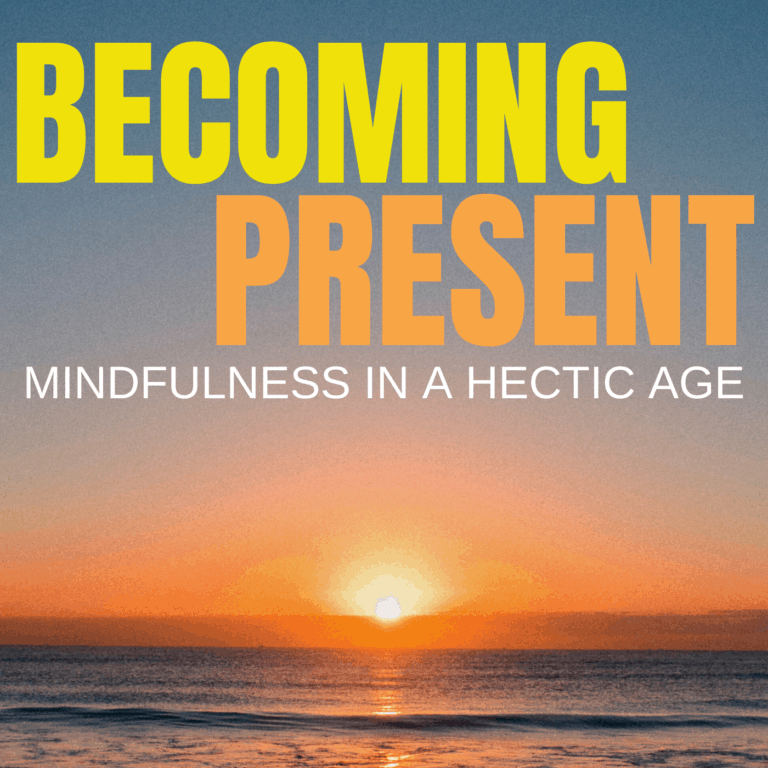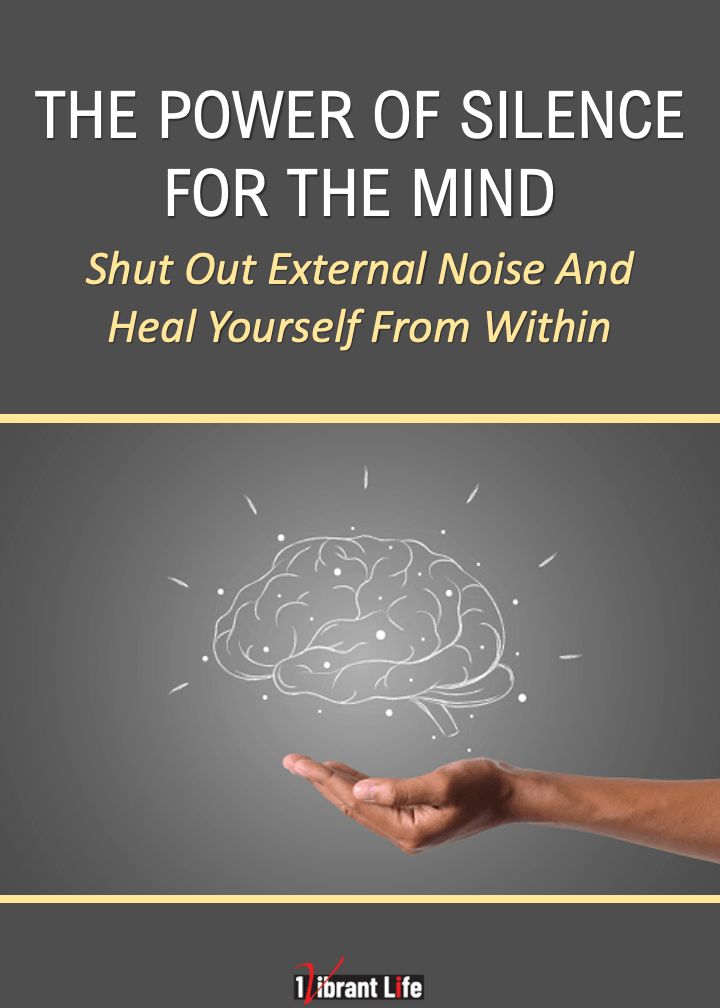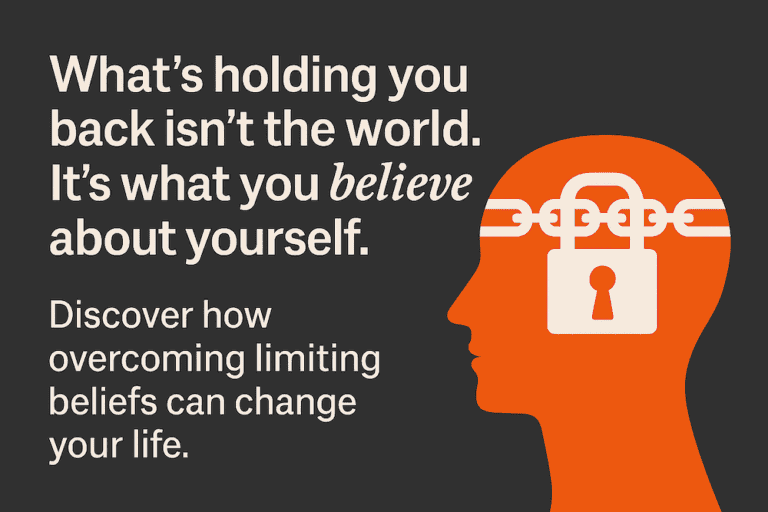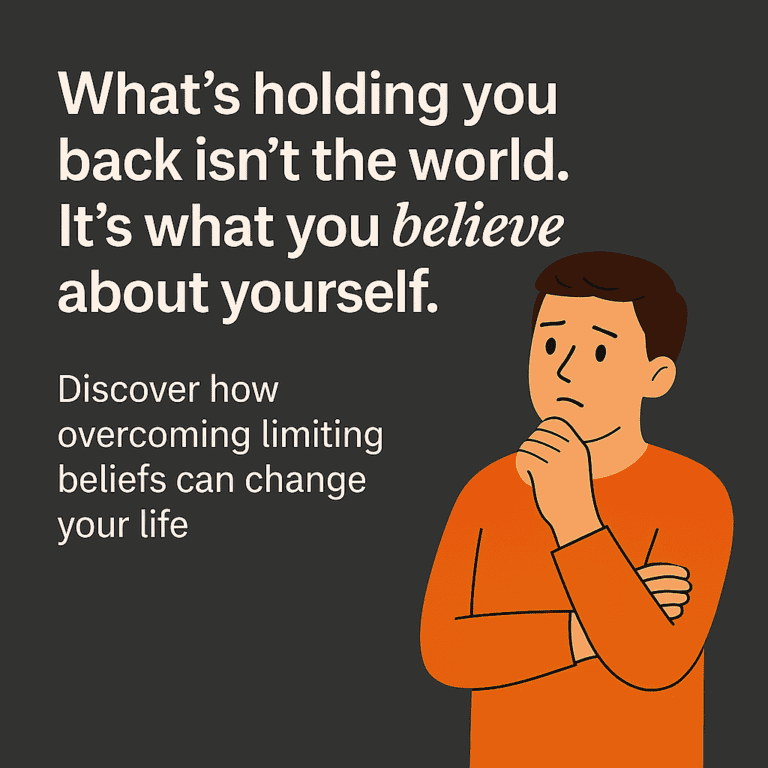How To Live With More Happiness And Joy | are they different?
To live with more happiness and joy requires you to take control of the thoughts that permeate your mind. Specifically, taking control of those negative thought patterns in your mind that create the stress, anxiety, and worry that’s keeping you from experiencing the happiness and joy in life that you desire.
Table of Contents

Martin Ward | April 27, 2019
A Therapist’s Perspective on living with more happiness and joy…
The goal of therapy for most clients is a positive outcome. Clients often express that not only do they want to experience less psychological and emotional suffering, but they are also looking for the positive outcome of a life that includes increased happiness and joy.
This blog covers a range of self-help approaches to building a life with more happiness and joy.
That includes learning to let go of attachment to other people’s approval and to controlling outcomes. Learning to let go of making our sense of contentment dependent on things that are outside of our control.
Read on to explore ways you can begin to live with more happiness and joy.
“Happiness lies in the absorption in some vocation which satisfies the soul.”
~ Sir William Osler
“Real joy comes not from ease or riches or from the praise of men, but from doing something worthwhile.”
~ Sir Wilfred Grenfell
A Life With More happiness And Joy
Some ideas we are going to go over may help you begin to find more happiness and joy in your life.
1. Is there really a difference between happiness and joy?
2. Living in the present
3. Calming meditation or prayer
4. Learning to let go
5. Giving and receiving
6. Who we let into our lives
Everyone would say that living with happiness and joy or finding more happiness or finding more joy in life is very important.
Everyone would probably also say that they would love to know how to live with more happiness and joy in their lives.
However, as you can see below, in America, we continue to struggle with happiness.
According to the article in the Washington Post dated March 21st, 2019, by Allison Chiu.
“Americans are the unhappiest they’ve ever been, U.N. report finds. An ‘epidemic of addictions’ could be to blame.”
A U.N. report has the United States falling another spot in a list of 156 happiest countries.
“For the third year in a row, the U.S. has dropped in the ranking and now sits at No. 19, one spot lower than last year…”

eBook

Audio eBook

eBook
Three personal growth tools for you as a gift for visiting 1VibrantLife.com
Is there really a difference between happiness and joy?
There are tons of articles and posts describing or dissecting the difference in the human experience between happiness and joy.
When having a private conversation with a friend or relative and delving into how they are doing, what is the most often asked question in a conversation like that?
Are you happy? That is the question, not are you joyful or are you filled with joy? No, it’s, are you happy?
This is a great question. Are you happy?
For anyone to answer that question, they don’t immediately think, well, I will be happy if I win the lotto.
No, they internally ask themselves the question, am I really truly happy?
So, the overall concept or the intended difference between happiness and joy when they are discussed in conversations, articles, or blog posts seems to be an attempt to connect the word “joy” to some form of spiritual, religious, or deeper internal reckoning or realization that is only viable if an individual has a deep connection with “spirit.”
In other words, you can’t experience real happiness unless you have a deeper connection with, let’s say, spirit or a deity of some kind which will bring you the actual and internal sense of joy which is then different in some way than knowing or experiencing happiness.
It is, however, sound advice that each of us finds our own way to find peace and contentment through some form of meditation or prayer.
Here is where the conversation can start to go off the rails.
Any form of ideology or methodology for spiritual or religious practice is totally up to you.
You can find happiness and joy through whatever form you choose or none if that’s what is suited for you.
No one can be happy or joyous if they are made to practice some form of spiritual or religious belief that does not work for them.
So then why is the question most often asked not, are you joyful, instead of, are you happy?
As it turns out, within the webster dictionary definition for each, the other word is used as a synonym to describe the other.
See Merriam Webster for happiness. https://www.merriam-webster.com/dictionary/happiness
See Merriam Webster for Joy. https://www.merriam-webster.com/dictionary/joy
Run Time 5:34 Sec.
Happiness and joy can be totally interchangeable.
It is unlikely (if not impossible) that you are not feeling joy when you are experiencing happiness, and it is equally unlikely that you will not be experiencing happiness if you are feeling joy.
We are going to explore having a life filled with both happiness and joy at the same time or consecutively.
The title of this post is how to live with more happiness and joy, not choosing to experience one over the other, or that either is better, richer, deeper than the other.
Living a more vibrant life means you want both happiness and joy and lots more of them both and, the sooner you get more of both, the better.
Let’s explore how to create both, and by the way, if you haven’t visited our 1-Vibrant-Life home page on the meaning of living a more vibrant life, check it out.
Living In The Present
Constant anxiety takes us out of the moment, preventing us from focusing on the now.
When we live in the present moment, we’re tuned into the task at hand and focused on what’s going on at that very moment in our lives.
This is the central aspect of living with more happiness and joy.
Most of the time, life should be calm, and with calmness comes peace. To achieve a life filled with happiness and joy, we must maintain our focus on our lives in the present moment.
Spending energy obsessing about the past and worrying about the future, or focusing on other people’s lives, keeps us from experiencing the peaceful happiness and joy-filled state of being that’s always available and within reach inside ourselves.
Often when we’re not living a life filled with happiness and joy, it’s because we’ve placed our expectations on other people and based our needs on them, and then did not meet those expectations.
We’re setting ourselves up for disappointment when we base our own happiness and joy on other people filling our needs.
Expecting happiness can bring disappointment.
If we learn to let go of the expectations of others, we’re much less likely to be disappointed or let down in life.
Remember that everyone does things according to their own needs and happiness and joy, not ours. We shouldn’t expect people to meet our (often unstated!) needs or live up to the standards we have for them.
To live a life with more happiness and joy, we must create it for ourselves. To do that, we first have to allow ourselves to experience gratefulness and abundance.
If we’re not happy, it’s often because we’re not feeling a sense of gratefulness for the life we have right now.
To live a life with more happiness and joy, we must be thankful for what we have right now in our lives, and there is always lots to be grateful for if only we will take the time to stop and recognize them.
Even when we’re going through difficult times, there is always something that we can stop and appreciate.
Far too often, we choose to think about everything we don’t have instead of everything we could be thankful for. When we live in a mindset of lack, we will experience lack.
We can not have a life filled with happiness and joy if we feel that our lives are not filled with things or the stuff that will really only give us that momentary distraction or excitement for that new thing.
If our happiness and joy have to come from receiving a gift, or if it’s based on the amount of money in our bank account, our happiness and joy will only last for the brief moment that those external circumstances remain.
Creating a life filled with more happiness and joy also comes from finding our passion in life and pursuing it.
Happiness and joy are feelings of contentment and satisfaction with our lives, and we shouldn’t need anything else for our happiness or joy besides what we already have.
Finding our passion is easier said than done.
Some people say it’s simply through luck that they’ve discovered their passion.
Many people have found success in finding their passion and creating a life filled with more happiness and joy through meditation.
“Life is like a piece of string with a lot of knots tied in it. The knots are the karma you’re born with from all your past lives, and the object of human life is to try and undo all those knots. That’s what chanting and meditation in God-consciousness can do. Otherwise, you simply tie another ten knots each time you try to undo one knot. That’s how karma works. ”
– George Harrison

Calming Meditation or Prayer
Calming meditating or prayer each day is essential in allowing more happiness and joy into our lives, no matter who you are or what you do.
You can turn a meditative form of quieting practice into any spiritual or religious form that you might like to. It can simply be a place to start or develop in whichever way that you choose.
You may have spiritual or religious beliefs that suit you, and that’s fine. It would help if you used whatever works best for you.
You need to add this time of calming quiet to your daily routine.
When we can live with more happiness and joy, it will create that peace, calmness, and serenity we all yearn for but often never find.
However, for those that have no idea where to start and need some form of calming practice and a place to start, we will focus our attention here on Meditation as it can be beneficial for anyone.
There’s a saying about meditation: “If you don’t think you have enough time to meditate for an hour, then meditate for two.” The busier, the more hectic our lives are, the more we can benefit from meditation.
It will help us clear our minds and think only about the important things that need to be done.
Meditation can help us discover what goals or tasks are truly important to us and which ones we can set aside.
Having a life filled with more happiness and joy certainly requires the ability to say no to things we don’t want to do or know we don’t need to have.
Being successful doesn’t mean being constantly busy.
Focusing ourselves on the right tasks and the right goals is more important than simply keeping busy with things that aren’t helping us realize our true passion or creating the happiness or joy in our lives that we long for.
Many successful people have credited their success to meditation, saying that the divine within them speaks to them, and they get ideas that come from another place rather than their own minds.
Learning how to live with more happiness and joy and peace requires a constant and dedicated search and connection to our hearts, our spirits, and our souls that exist only on the inside of each of us.
All of that “stuff” that is on the exterior of our beings cannot and will not keep us happy for very long. It is all fleeting.
You can learn everything you need to know about meditation and get started here in the complete calm mind program.
A practice meditation
To meditate, find a quiet place, and determine how long you’ll spend meditating.
Your primary goal is to try not to think of anything at all, focusing on your breath. Clear your mind from any distractions.
Close your eyes, straighten your spine as much as possible, and tilt your head up slightly, elongating your neck.
You can find more happiness and joy very simply by just sitting alone quietly and with your eyes closed.
Breathe in as deeply as possible through the nose. Picture filling your lungs from the bottom up, in your abdomen, rather than your upper chest.
Hold your breath there for two to three seconds before exhaling everything out through the mouth.
After doing this for a while (generally between 5 – 10 minutes), some people will feel euphoric. When we clear our minds, it can create a very intense sensation.
When we’re meditating properly, we can detach from our bodies, and it’s possible to feel a little lightheaded at times, especially as we get used to the increased oxygen flow from deep breathing.
Once we push past these strange sensations, we can learn to hear from our divine inner being (our higher consciousness) to guide us to peace and happiness and where we need to be in life.

Learning to Let Go
Learning to let go of those things that are really unnecessary for us to have in our lives can be very tricky for some people.
The life they’re living and the feelings they’re having are so directly intertwined that it can be difficult to learn to let them go.
No one can live with more happiness and joy in their lives if they can’t let go of the past.
If we can internalize that everything will be okay, we can learn to let go of the past, not worry about the future, and move on with life according to our own needs, wants, and desires, creating more happiness and joy.
Some people go through unimaginable horrors in their lives, but they can come out of their awful experiences and find greener pastures.
You can find so many people with these sorts of terrifying and tragic stories that live lives filled with more happiness and joy than they would have imagined during those parts of their lives.
This is also a good place to interject that running away from the problems you may face is not a good idea.
You might like to look at our post, Running Away From Problems, People and Life: Why We Do it, to get some perspective on the value of letting go so you can move forward.
There’s always a way forward. Even pessimistic people can find something to appreciate and find some happiness and joy in.
Life will always get better if we learn how to look for the silver lining in every situation, giving us hope to hold onto, and with hope comes happiness and joy.
When we stop worrying about other people’s lives and internalize the knowledge that everything will be just fine no matter what situation we find ourselves in, we can start to feel content and satisfied, and that’s where the state of happiness and joy truly begins.
Until we’re able to do that, we’ll constantly be worried, fretting over the little things in life, and never experiencing the peace and happiness that comes from within.
We have no control over what other people say or do.
No matter how hard we try, we can’t control everything that happens in our own lives, what to speak of others. So it makes no sense to worry about these things.
Giving Is The Beginning of Receiving
Have you ever noticed that when you give something to someone with the right attitude (one filled with love), you experience the same emotions as they do?
This happens because emotion is energy in motion. Our emotions are contagious. When we talk to a close friend who’s depressed and down, what happens to our energy levels?
We sympathize with them, and our energy decreases, and this can suck the happiness and joy right out of any one of us.
We often feel sad now because our friend is sad.
What happens when we’re feeling ecstatic about something and tell our friends about it? They usually start to get excited with us, even though they may have no idea what we’re talking about!
Multiple studies prove that people who give generously (not begrudgingly) have happier moods and feel a greater sense of enjoyment in life.
If we think about how our behaviors toward others can affect our own moods, we can see that helping someone can make us feel like we’re changing their lives for the better, which gives us a greater sense of happiness and joy and fulfilling life.
Who We Allow into Our Lives
We tend to resemble our five closest friends closely.
If we spend a lot of time with many negative Nancy’s, their energy levels will likely rub off on us in some way, shape, or form.
This is not the path to finding more happiness and joy.
Misery loves company: when someone is unhappy, they want to find other people that are unhappy and unsatisfied with their own lives so they can feel better about themselves, knowing they’re not the only disgruntled person in the world.
As we’re learning to embrace and fill our lives with more happiness and joy from within ourselves, rather than depending on others, people who exude negativity will hinder us in our journey.
Once we’ve found our inner happiness and joy, it’s easier to keep ourselves centered and avoid letting their negativity influence us and bring us down.
If we want to find and fill our lives with more happiness and joy, it’s important to distance ourselves from anyone like this.
It’s not hard to tell exactly who these people are.
Usually, they’re constantly complaining, griping, and whining about every little thing in their life. They aren’t full of gratitude, and if they continue along the path of negative thinking that they’re on, they’ll never be happy, and neither will we.
Conclusion
Learning to live with more happiness and joy is very simply up to us alone and no one else.
As individuals, we need to take the steps necessary in our lives that will allow us to keep our lives and ourselves balanced.
The main topics and ideas that we’ve shared above have been proven to help create more happiness and joy in our lives.
When we choose not to allow ourselves to become attached to outcomes from situations or other people to make us feel a sense of happiness and joy, filling our lives with more happiness and joy from within ourselves will become second nature.
We need to allow people and situations to enter and unfold in our lives as they will.
At some point, we need to understand that we can only control and be in charge of ourselves and our own lives.
Life is about learning to become a better person inside and out.
We can’t measure our success in life against other people’s lives, but we can focus on being the best version of ourselves possible.
Knowing how to live with more happiness and joy is within reach for each of us, regardless of life’s circumstances.
Exercising, setting appropriate goals, meditating, giving to worthy charities, and concentrating on becoming a better person all lead to increased contentment and satisfaction with our lives.
When we find and fill our lives with the things we have a passion for, and let that guide our lives rather than letting our lives be dictated by the anxiety that comes from our external or others outside expectations for us, we can learn to embrace and live with more happiness and joy that comes with seeking the best life possible for ourselves.

My Name is Marty Ward and I’m the creator and publisher of the 1-Vibrant-Life blog.
At the age of 26, in 1984, I was injured in a car accident in which I sustained a traumatic brain injury.
At the time of the accident, I was having a fairly successful life as a musician in Chicago, which included a recent appearance on Star Search 84′ with Ed McMahon and preparing to be included in a group major independent recording contract.
However, after my accident, I was unable to perform or play my instrument. I was out of work and I had lost all confidence in myself and my abilities, felt lost and with no direction.
My injury and my recovery led him down a path of self-improvement, and self-discovery which gave me my life back filled with many amazing experiences and a newfound sense of hope. Learn more about my story on the 1-vibrant-life about page.
CBTCP Certification (Cognitive Behavioral Therapy Certified Practitioner) | 10-16-2021 Certification From The Academy of Modern Applied Psychology, in The Transformative Science of Cognitive Behavioral Therapy, CBT

Claire Law is a UK-based Counsellor and Psychotherapist from Preston, Northern England. Claire became a therapist after a career of almost two decades of High School teaching experience. She’s also worked extensively in the Social Care and Charity Sectors, and as a Mental Health Advisor in Higher Education. Claire combines her current Psychotherapy practice with freelance writing on Mental Health, Wellbeing and Psychology topics. She has a passion for Social Justice and environmental causes.
Claire holds a degree from Nottingham University, a Post Graduate Certificate in Education from Leeds Trinity University College and a Post Graduate Diploma in Integrative Psychotherapy from the University of Central Lancashire. She’s completed a wide range of extensive training and certifications in Domestic Abuse, Survivors of Sexual Abuse & Sexual Violence, Suicide and Self-Harm, Expressive Arts Therapy, Gender Variance, Online and Telephone Counselling and Polyvagal Regulation developed by Stephen Porges, a professor of psychiatry at the University of North Carolina and “Distinguished University Scientist” at Indiana University.



